Higgins: Do you mean to say, you callous rascal, that you would sell your daughter for £50? Doolittle: Not in a general way I wouldn’t…. Pickering: Have you no morals, man? Doolittle: Cant afford them, Governor. Neither could you if you was as poor as me.If you recognize those names, yes, the movie musical My Fair Lady is a watered down version of Shaw’s work. Very, very watered down. A hundred years ago, GBS was reveling in no holds barred, incisive cynicism in ways that make Warren Ellis seem like Bil Keane. It’s telling that My Fair Lady was only able to be made over Shaw’s dead body. Don’t get me wrong, I enjoy my musical theater (perhaps, as has been suggested to me in the past, entirely too much for a heterosexual male), but I understand why Shaw forbade musical adaptations of his own stuff until such time as he didn’t have to be alive to witness them. Now before I spend this blog entirely on Shaw, let me haul myself back on my intended track, which was to talk about a couple more movies I saw recently and didn’t get around to discussing last week. First off, there was Valley of Gwangi. Many of you (if not all of you) may not understand the absolute need I had to see this movie as soon as I watched a clip of a cowboy wrestling a Pteranodon. First I had to figure out where the clip was from, and then I had to figure out where to get ahold of the film. Netflix to the rescue (although it now appears to be available in its entirety on Youtube, as well). Valley of Gwangi lived up to my expectations. They weren’t high expectations; basically, I was good so long as I got to see Cowboys vs. Dinosaurs. There could have been more of this, but then again, I don’t know how much Cowboys vs. Dinosaurs action would have had to happen before I could truthfully say, “no more, I’m good”. The entire movie reminded me of the kind of games I would have come up with when I was eight years old and would throw together whatever random toys and playsets I had to hand, creating messy, wonderful smorgasbords of self-entertainment. Only in this case my toys would have been crafted by stop-motion animation legend Ray Harryhausen. In the final analysis, any day I get to watch a T-Rex getting lassoed is a good day. The second film I wanted to note is the remake of The Crazies, which I caught a theatrical showing of last Tuesday. Now the original was directed by George Romero, and, shamefully perhaps, I have not seen it. What I saw last week was one of the best serious horror movies I’ve witnessed in awhile, and that’s saying something in an era where most of the better horror flicks, zombie or otherwise, seem to veer onto the humor or camp side of the equation. That might be because we’ve seen all the old tropes played out so much they’ve become jokes, but The Crazies takes those tropes and puts them to work again in a way that becomes truly compelling. It’s not going to open any eyes to new vistas of socio-political thought, but cynical ol’ me cared what the hell was happening to the characters. There are set pieces in it that will awaken all sorts of weird phobias you didn’t even know you had. I won’t spoil it, but there was one sequence involving a car wash I was trying like hell to find ludicrous, and I just couldn’t manage it. It was too awesome. Breck Eisner, the director, is currently slated to helm the Flash Gordon remake in 2012, and I can’t wait to see it. I never thought I’d say that since the 1980 movie was such a paragon of cheeseball quirkiness, but this guy’s damn good behind a camera. He delivered a horror experience I hadn’t felt since The Descent. Maybe even moreso. We’ll see how he does in the future.
Now you're getting the idea, Chuck!








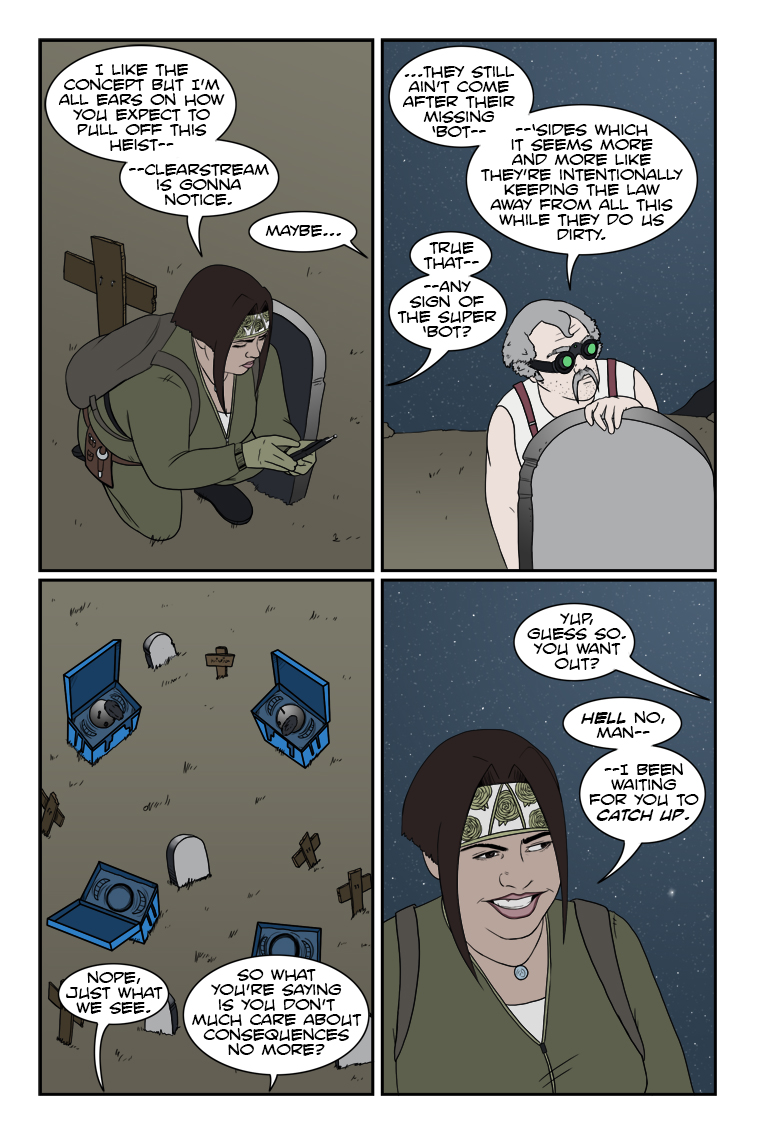

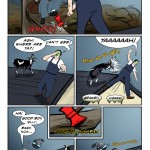
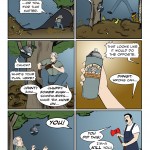







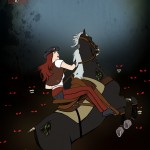




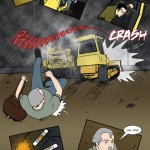





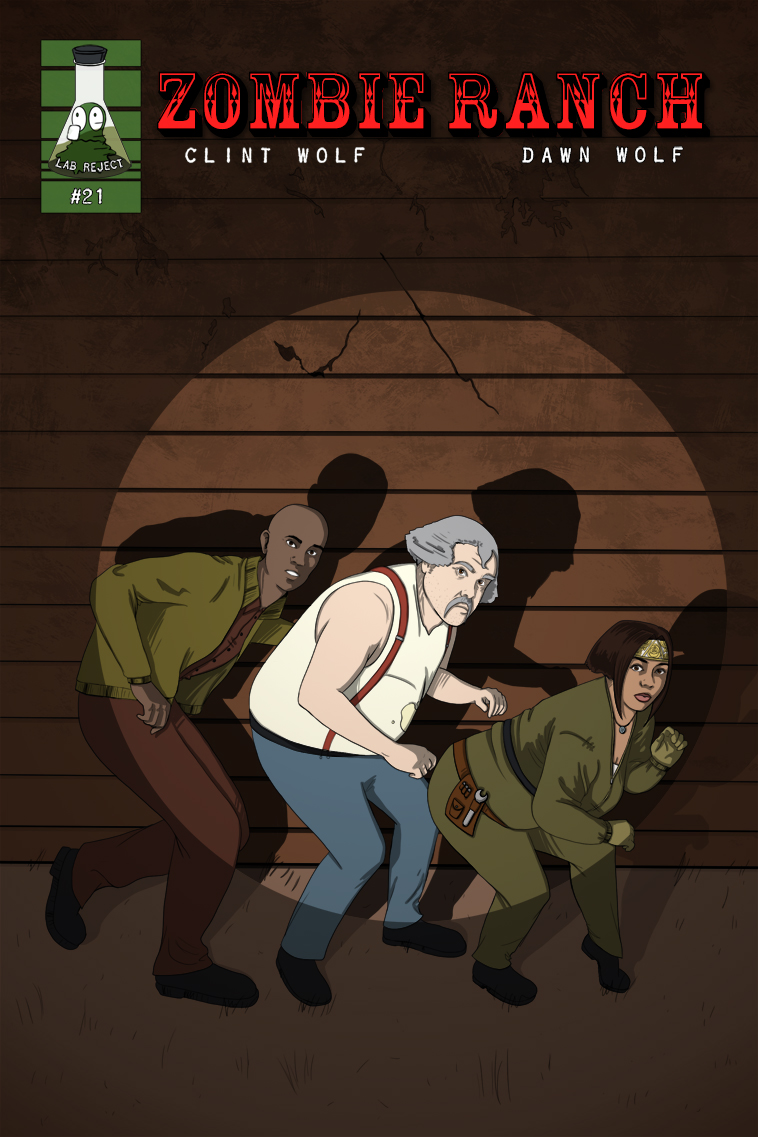
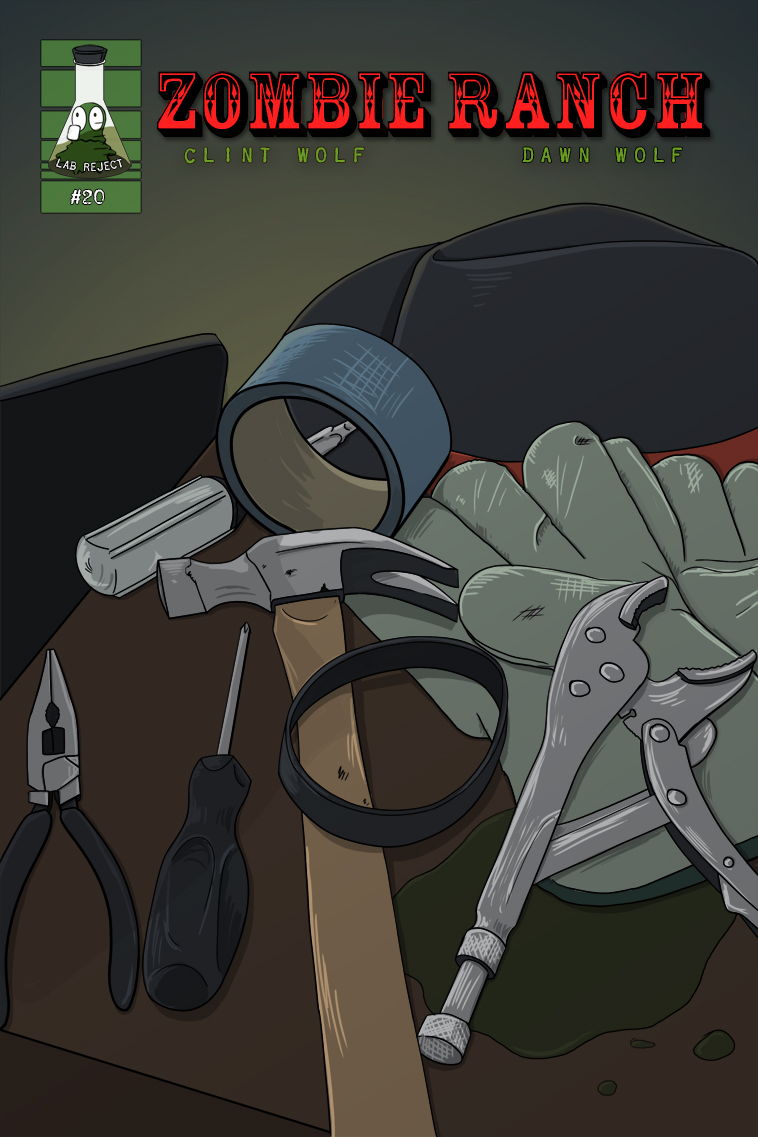
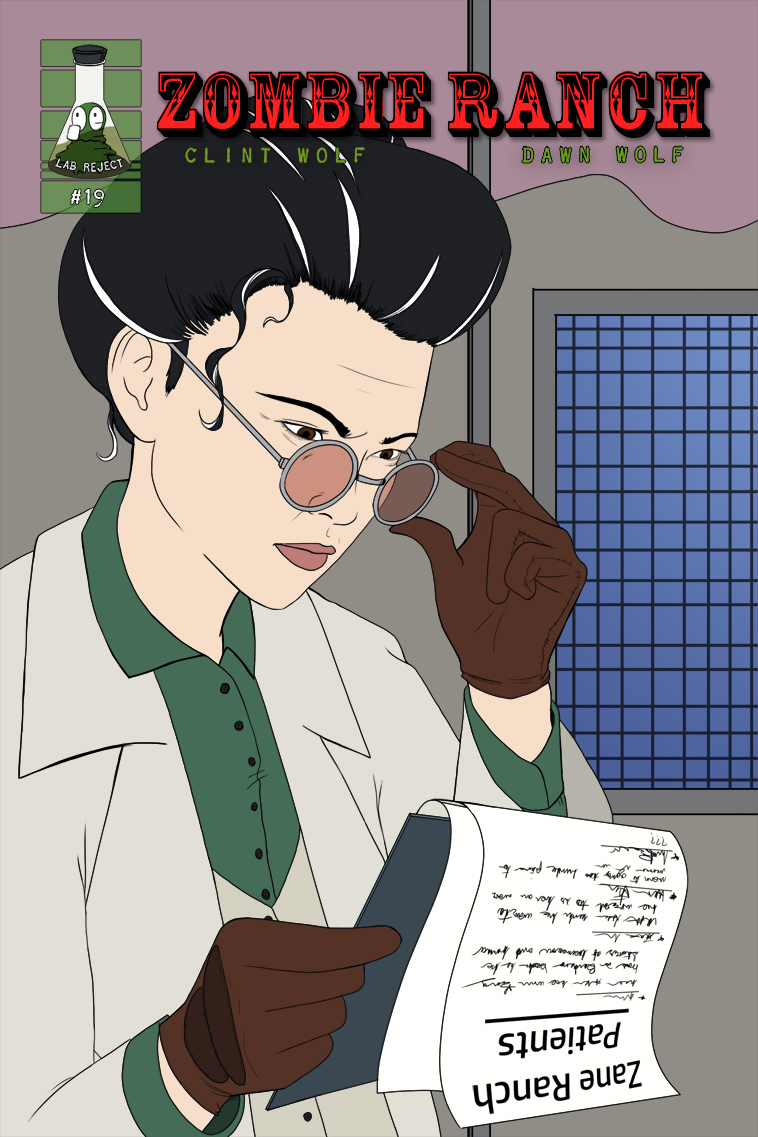
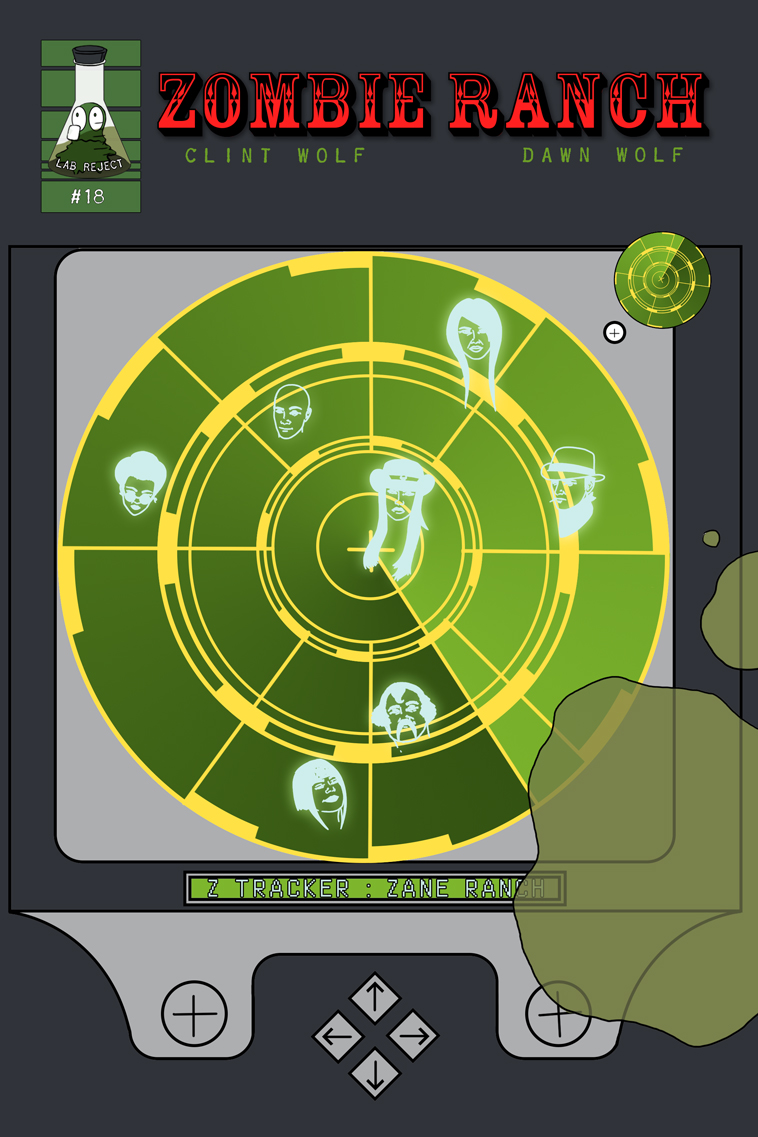
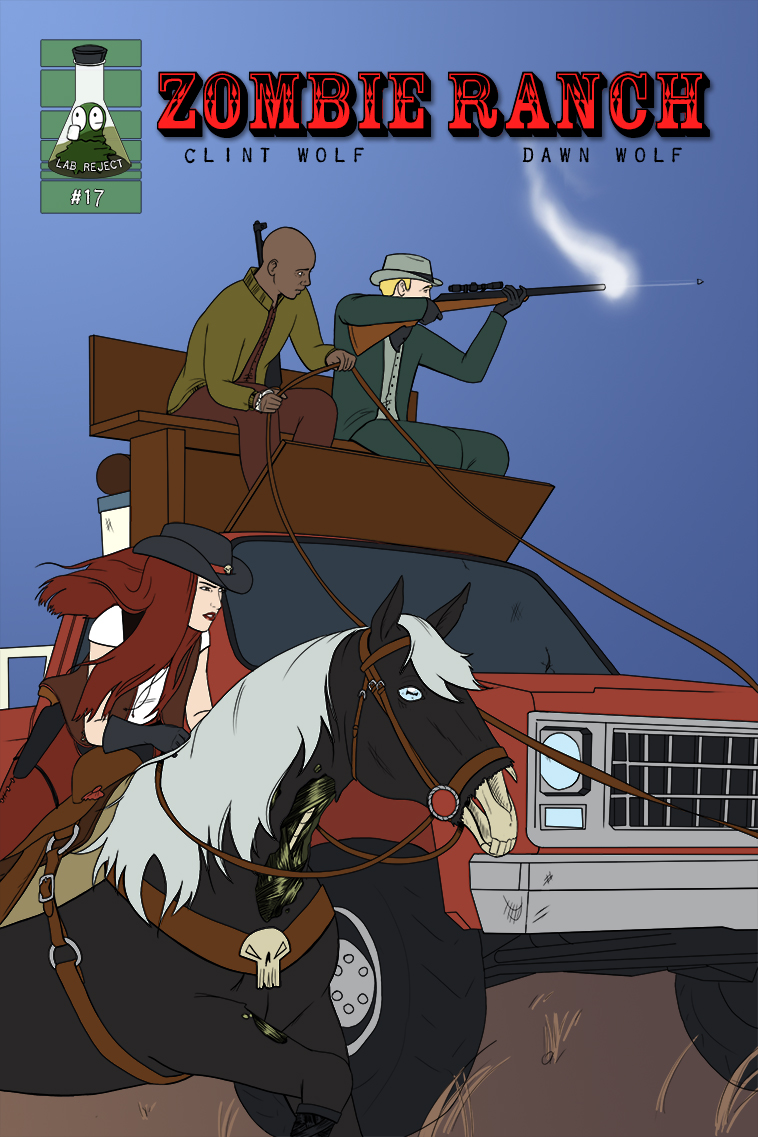
One thought on “542 – Catching Up”
Keith
Some friction, but yeah. IRL, I’d like these two…they should have kids. 😉